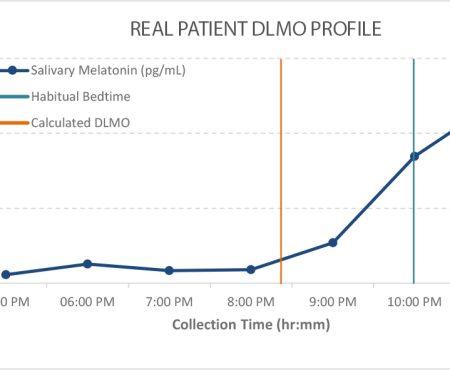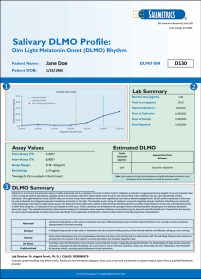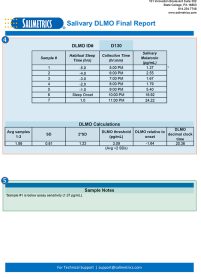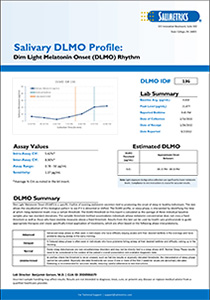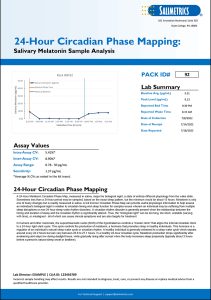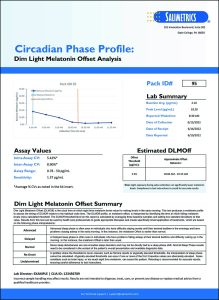Melatonin Testing for Sleep Medicine Health Providers
Due to the circadian system’s propensity to be modulated by important environmental cues, Circadian Phase Profiles have been shown to reliably index circadian timing and help clinicians quickly evaluate (but not limited to):
- Circadian rhythm function (is the circadian rhythm aligned, misaligned, too short, too long, or varying with time?)
- Melatonin overproduction or underproduction
- Treatment schedule(s) (bright light therapy or supplementation timing)
- Dosage regimen(s)
- Idiosyncratic drug interactions that may disrupt circadian timing/melatonin production
 Contact: Salimetrics (USA)
Contact: Salimetrics (USA)
